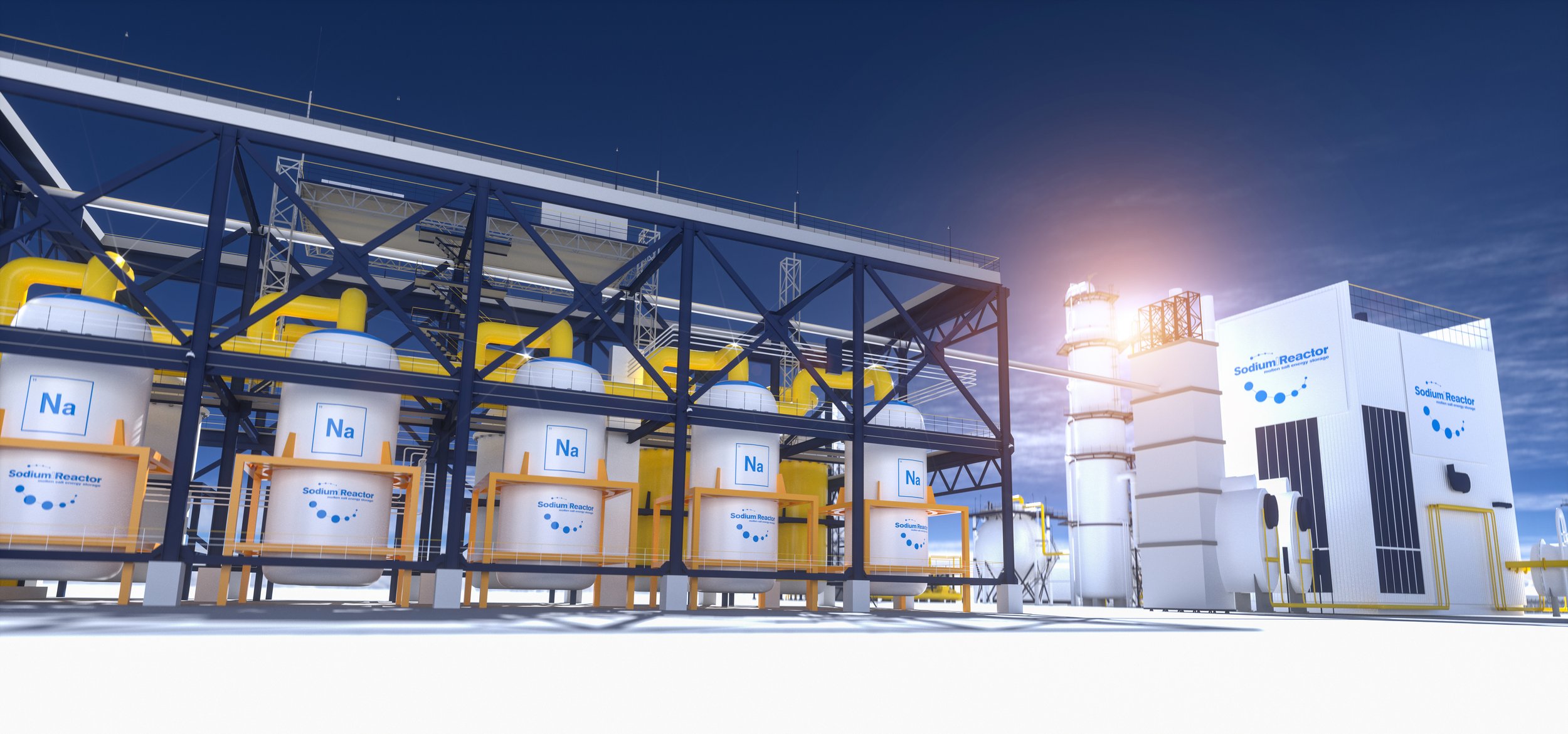
Nuclear Energy
Will Kentucky’s transition to Low-Carbon Energy include Nuclear?
Overview
Currently, there are no operating nuclear reactors located within Kentucky. Most of Kentucky’s electricity comes from coal (70%), followed by Natural Gas (abt. 20%), with smaller amounts coming from hydroelectricity and solar.
More recently, some lawmakers and the Kentucky Energy and Environment Cabinet have been exploring recent innovations in nuclear energy. During 2022, the Energy and Environment Cabinet partnered with GAIN (Gateway for Accelerated Innovation in Nuclear) to explore the potential for small scale nuclear power.
This includes the potential for “Small modular reactors” (SMRs) which are advanced nuclear reactors that have a power capacity of up to 300 MW(e) per unit, which is about one-third of the generating capacity of traditional nuclear power reactors. SMRs can produce a large amount of low-carbon electricity.
Power plants based on SMRs may require less frequent refueling (every 3 to 7 years), in comparison to between 1 and 2 years for conventional plants. Some SMRs are designed to operate for up to 30 years without refueling.
The U.S. Nuclear Regulatory Commission approved the design of the first SMR in 2020.
Waste and Storage Issues Remain
Nuclear energy facilities store used fuel safely and securely on site. The U.S. nuclear industry is working with the federal government on a solution for permanently storing fuel rods at a consolidated location.
All the used nuclear fuel produced by the nuclear energy industry over 60 years—if stacked end to end—would cover an area the size of a football field to a depth of less than 10 yards.
One pellet, the size of your fingertip, creates as much energy as one ton of coal, 149 gallons of oil or 17,000 cubic feet of natural gas. This means used nuclear fuel takes up little space when it is eventually stored.
Legislative History
The history of nuclear legislation in Kentucky has been limited but has become more active in the past few years as lawmakers have considered new technologies. H.B. 559 (enacted, 2012) allowed for the construction of facilities that use certain nuclear technologies, so long as electricity was not the primary output, but the state’s moratorium on the building of new nuclear facilities to generate electricity remained in place. During that same session, S.B. 89 (failed) would have removed the state’s moratorium on the construction of new nuclear power facilities, but would have required facilities to have a plan for storage, and H.B. 103 (failed) would have allowed for construction of a nuclear power facility on or within 50 miles of a site previously used for the manufacture of nuclear products.
During the 2017 legislative session, the General Assembly passed Senate Bill 11 (Carroll), “An Act Relating to Nuclear Power” which repealed KRS 278.605 relating to the construction of nuclear power facilities among its provisions. It also prohibited the construction of low-level nuclear waste disposal sites in Kentucky except as provided in KRS 211.852.
During the 2022 General Assembly, Senator Carroll filed Senate Concurrent Resolution 171, requesting the Legislative Research Commission to examine funding sources and research institutions capable of conducting a feasibility study of advanced nuclear energy technology for electric power generation in the Commonwealth. The resolution was adopted in the Senate but not the House.
For the 2023 session, lawmakers passed, and the Governor has signed, Senate Joint Resolution 79, calling for the formation of the Nuclear Energy Development Working Group to identify barriers in place to the deployment of nuclear power generation, develop recommendations for a permanent nuclear energy commission, consult with impacted stakeholders on what the role of the permanent nuclear energy commission should be. KCC is one of over twenty members within this working group.
Energy and Environment Cabinet has been researching the latest technology on Advanced Small Modular Reactors (SMRs). Whether or not this research will lead to an expansion of this technology in Kentucky remains to be seen.
Resources
U.S. nuclear electricity generation capacity peaked in 2012 at about 102,000 MW when there were 104 operating nuclear reactors. At the end of 2021, there were 93 operating reactors with a combined generation capacity of about 95,492 MW.
The newest reactor to enter service, Watts Bar Unit 2, came online in 2016—the first reactor to come online since 1996 when the Watts Bar Unit 1 came online. According to the U.S. Nuclear Regulatory Commission as of November 2021, there were 23 shut down commercial nuclear power reactors at 19 sites in various stages of decommissioning.
The two new reactors that are now under construction—Vogtle Units 3 and 4—in Georgia are expected to come online before 2023.
U.S. Energy Information Administration
International Atomic Energy Agency (IAEA)
World Nuclear Association
Other/Legislative:
What About Nuclear Fusion?
In December of 2022, the U.S. Department of Energy announced a “breakthrough” in nuclear fusion research that would “pave the way for advancements in national defense and the future of clean power.” See DOE, press release here. This is the first time that a fusion reaction has generated “net energy.”
Advocacy allies at the nonprofit NIRS (Nuclear Information and Resource Service) made the following statement upon the release of the USDOE announcement on the commercial and environmental prospects of this technology:
“…it would take many more massive engineering breakthroughs to reach the capability where an actual fusion power plant might be designed. After 70 years and tens of billions of dollars spent, today’s reported achievement is a miniscule step towards viable fusion technology. Nuclear fusion remains a futuristic fantasy that has no role in the urgent, immediate need for climate solutions that are affordable, just, scalable, and most importantly, readily available.
So, should we keep investing in nuclear fusion research? No.
If solving climate change is the most urgent priority of US energy policy, nuclear fusion research is a waste of time and resources. In addition to being nowhere near feasibility, nuclear fusion is not the clean, just energy technology it has been made out to be….” (Full NIRS statement here).




